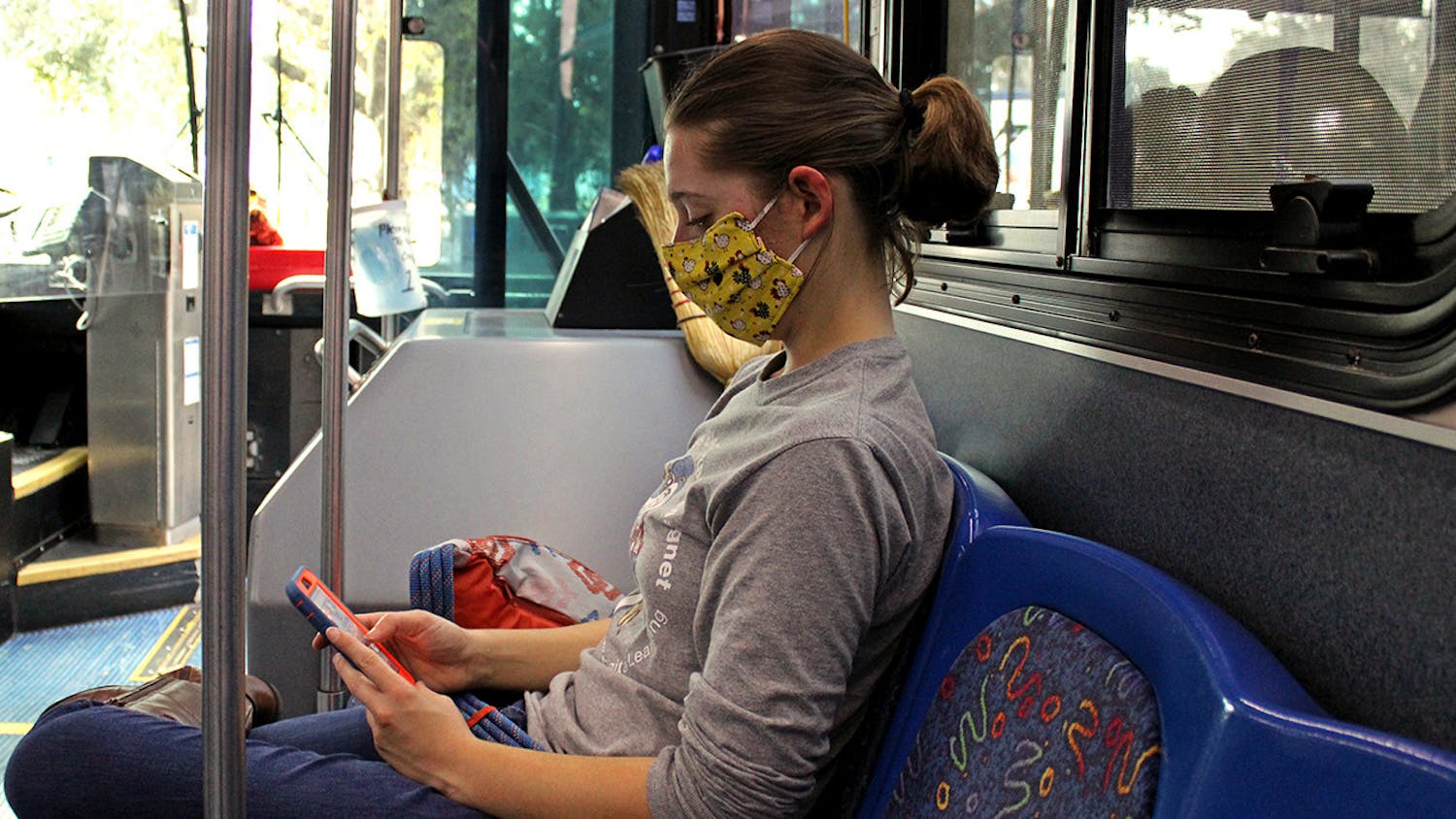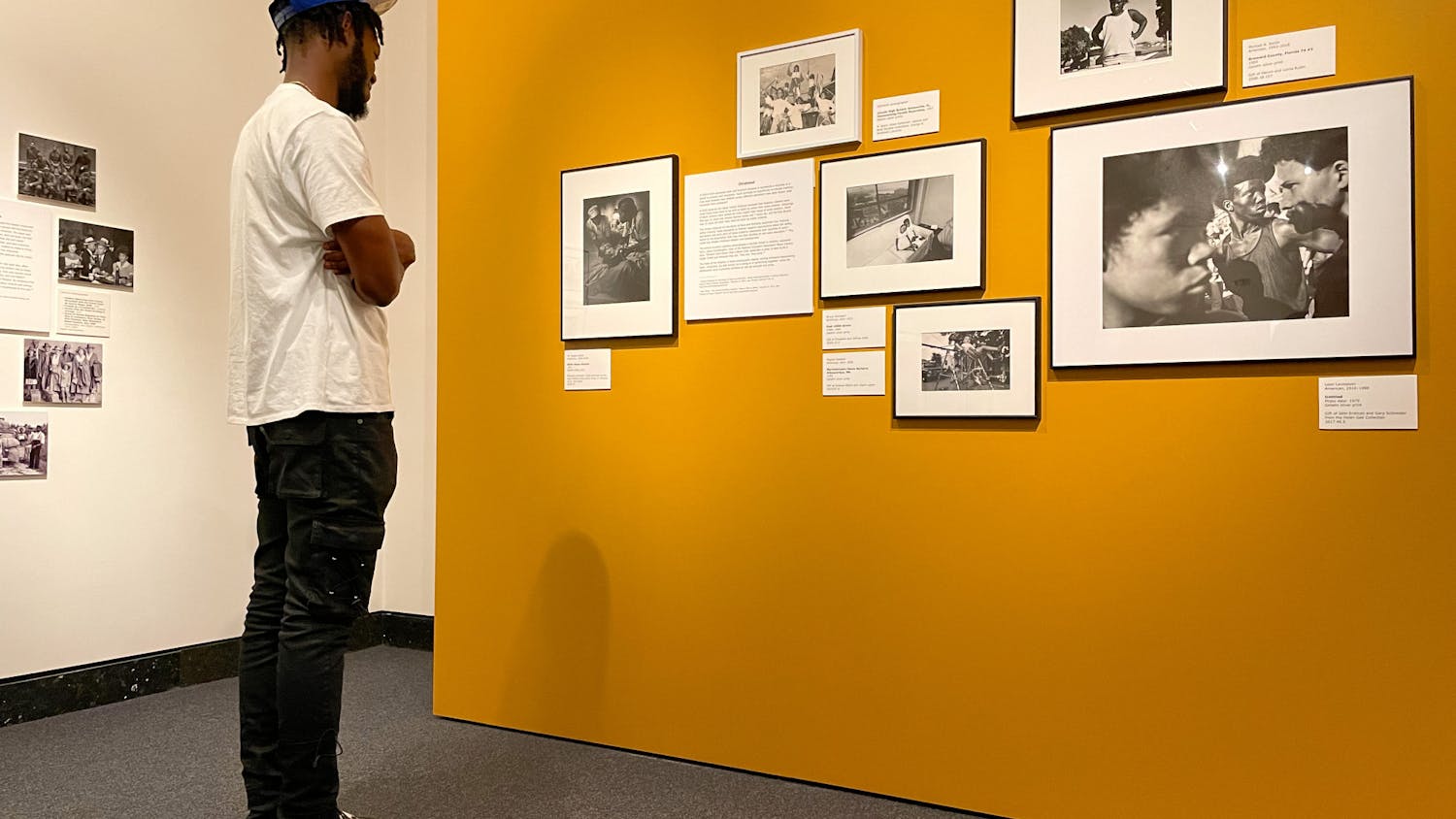The new year has just begun and Uber is already facing a fresh wave of criticism and complaints.
I can’t say I’m surprised. In 2014, the increasingly popular ridesharing service has battled an avalanche of negative press and citywide bans across the country and world.
Upset customers recently posted pictures on social media of their costly receipts due to surge pricing on New Year’s Eve, furiously declaring that they will never ride Uber again.
In November, an Uber senior executive was reportedly caught suggesting that the company should hire opposition researchers to dig up dirt on journalists who criticize Uber.
The company is also facing numerous accusations of aggressive and questionable business practices, including paying employees to sabotage drivers from other ridesharing services.
I understand the concerns about Uber. The company has undoubtedly made some mistakes since it launched five years ago and will likely continue to struggle with its image for awhile. But despite all of its faults and problems with leadership, we have to acknowledge that Uber provides an innovative and extremely convenient service that must be allowed to thrive.
Through Uber’s smartphone app, people who need a ride are connected to drivers in the area. Payment is processed through the app, and drivers usually arrive to pick up the passenger within minutes. Both the passenger and driver can rate each other at the end of the ride, which incentivizes all parties to be polite, efficient and safe.
Though Uber and other ridesharing services have mainly been criticized for taking business away from taxi companies, no one can deny that they are vast improvements to the traditional cab system. Taxi drivers endure heavy regulations and fees for the right to work which do not necessarily benefit the driver or rider.
Most notably, these regulations force taxi drivers to buy or rent medallions — costly permits required to drive a taxi. Most cities strictly limit the number of medallions that can be issued, meaning these permits usually sell for thousands of dollars. Last year, a medallion in New York City sold for about $1 million. According to USA Today, this kind of regulation has “artificially restricted the supply of drivers through the sale of costly medallions and other means.”
This explains why it is so difficult to find a cab in some cities: The demand for cabs is higher than the supply of drivers, which allows taxi cab companies to charge exorbitant prices.
This is the very reason why Uber and other ridesharing services have emerged. The traditional taxi system is flawed, and for decades it has failed to innovate or adapt to technology. Why, then, are city legislators demanding that Uber comply with the same regulations that created a need for alternative services in the first place?
After all, Uber would not have survived this long if the model we already had was the best one out there.
Of course, Uber is not a perfect model. It must improve its background checks, increase wages and benefits for its employees and establish a clearer insurance policy for both the passengers and drivers. Ridesharing is still a new market, and it will take time and experience for companies to figure out how to make the service optimal for everyone. But this is worth the effort. Innovation was desperately needed and must be allowed to continue.
Moriah Camenker is a UF public relations senior. Her columns appear on Tuesdays.





